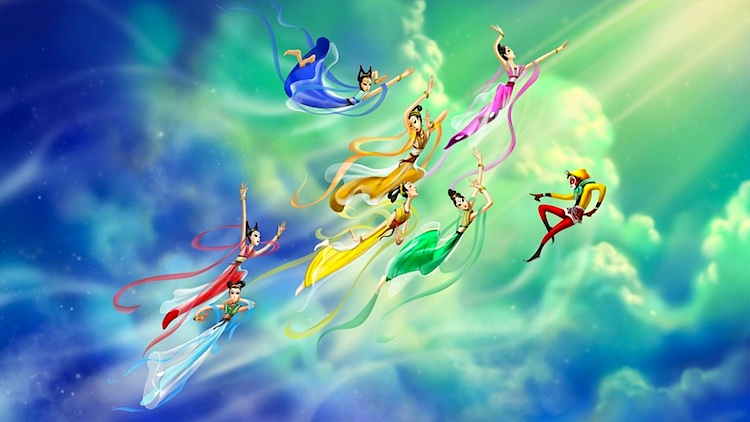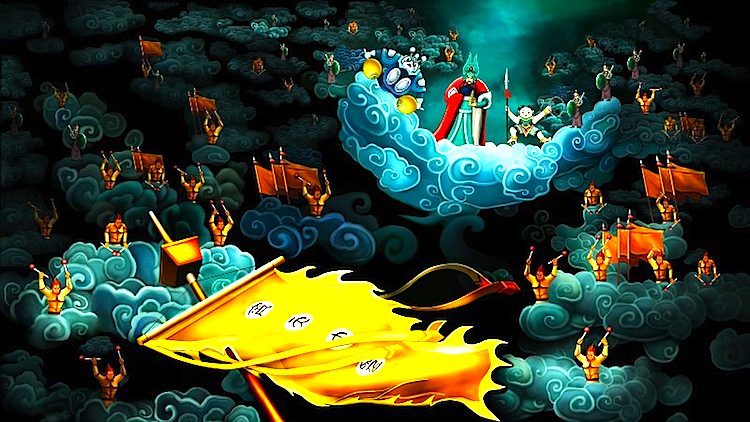Northern California film enthusiasts take note: you’ve got a great weekend ahead of you. Starting this Friday at the magnificent Art Deco Paramount Theatre in Oakland, Abel Gance’s legendary silent masterpiece Napoleon will be screening in its newly restored form. The film’s four performances (March 24th, 25th, 31st and April 1st) will mark the American premieres of both the complete 5 1/2 hour Photoplay-BFI restoration by Academy Award-winner Kevin Brownlow and the film’s new, monumental orchestral score by Carl Davis – who will conduct the 46-piece Oakland East Bay Symphony live.
One of the most innovative and epic films of all time, Napoleon will be presented with its original 3-screen ‘Polyvision’ climax, with the screen dramatically expanding to three times its width (for the film’s finale, two custom-built screens will flank the Paramount’s normal screen).
This screening represents the first performance in 30 years of Napoleon with orchestra and Polyvision. No screenings are being planned for any other city and there are currently no plans for DVD, BluRay, streaming, or television. (Why? One is tempted to ask …) In any case, tickets for the live performances can be purchased here. To read more about the film’s restoration and the screening, see The New York Times.
In other Bay Area cinema news, starting tonight (3/22) and running through Sunday (3/25) the Disposable Film Festival will be taking place in San Francisco. One of the most refreshing and unpretentious film festivals around, the Disposable Film Festival was founded in 2007 by Eric Slatkin and Carlton Evans to celebrate the creative potential of ‘disposable’ video: i.e., short films made on everyday equipment like cell phones, pocket cameras, and other inexpensive video capture devices.
The Disposable Film Festival, which represents a real breakthrough in the democratization of both filmmaking and film festivals, kicks off in San Francisco this weekend before traveling to cities around the world. Make sure to check it out, and tickets for the festival are available here. You can also check out what The Wall Street Journal says about the fest, and read founder Carlton Evans’ recent, fascinating post about disposable filmmaking at The Huffington Post.
Posted on March 22nd, 2012 at 12:22pm.

